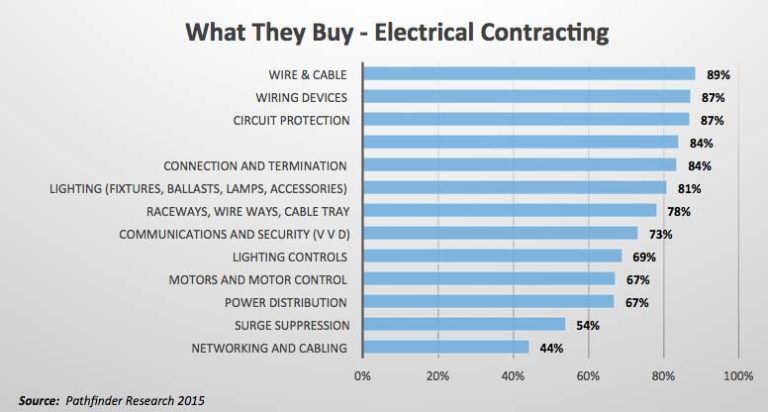Shedding Light on Radiant Heating

September 24, 2018
By Étienne Bolze and Youri Cupidon
Radiant heating is one of the many heating methods available on the market. Yet how do radiant heaters really work? Do they offer a great degree of comfort? Read the article to find out everything about radiant heaters.
Comfort is important
No one can deny that comfort in our living environment is important. Whether at work or at home, being comfortable in these spaces is a state we seek. Nevertheless, to be comfortable, several elements must be combined to form a complete whole. We can list a few, such auditory, thermal and visual factors. Indeed, it is possible to be comfortably seated in your living room in the middle of winter, but have a noisy heating system.
What is thermal comfort?
To answer the question, one must first of all know that one of the physical principles governing heating methods dictates that energy transfers always take place from hot bodies to colder ones. It can therefore be understood that thermal comfort is felt when the temperature difference between our body and the environment is minimized as much as possible. Thus, to create a pleasant environment in cold weather, it is necessary to warm the spaces that we occupy to compensate for this loss of natural heat that will take place between our room and the outside. The question then arises: how to make sure these spaces are heated in the most efficient way, both in terms of comfort and in terms of energy consumed.
To do this, there are several heating methods. The three most common in the market are
- convection. This natural and totally silent method occurs when a hot body, whether a specially designed heating element or any other hot object such as a lamp, comes in contact with the ambient air and warms it up. We typically name units that create this type of heat convector heaters.
- forced air. A well-known variant of convection is forced air. By this method the heater boosts its convection with a fan. This allows it to quickly push hot air into the room to meet a pressing need for heat. We typically name these types of units fan-forced heaters.
- radiant. Unlike convection which heats the ambient air in a space, this method warms the materials in the room (sofa, table, floor, etc.) through infrared wave transfers. By heating objects, radiating devices create a feeling of enveloping heat, uniform and silent as the effect of the sun’s rays.
Fig. 1: Comparison of thermal performance between a radiant wall heater and a baseboard. Convectair.
Radiant heat: a natural phenomenon
Radiant heat transfer is a natural phenomenon that is all around us. Indeed, all bodies emit infrared radiant waves. This applies to both your office chair as well as your dinner table. But how does radiant heat work?
To understand it better, let’s subdivide it into two different methods of energy transfer, direct and diffused.
- Direct — this type of radiant heat is transmitted directly from the heating element onto the person or object. This provides the immediate comfort associated with this type of heatin
- Diffused — this type of radiant heat is produced by the heat exchange with the environment in which the person is located, such as the wall, floor, furniture, etc. These objects, in turn, partially redistribute the direct radiant heat waves received from the emissive element. Diffused radiant heat thus contributes to the creation of a homogeneous atmosphere.
If we want to illustrate these two methods, take the example of the sun and a house. The direct radiant heat would be represented by the rays of the sun that we feel when sitting next to the window. In return, the diffused radiant heat would be created by the walls of the room heated by these same rays creating a pleasant atmosphere.
For a radiant heater to provide the greatest possible comfort, it is preferable for it to offer the user both direct and diffused radiant heat. In other words, avoid as much as possible having the heater blocked by other objects that can limit its direct wave transfer. An ideal location for these radiant devices is directly on the wall.
Radiant heat: an unparalleled comfort
One of the great benefits of radiant heat is its ability to create a homogenous environment.
Indeed, as illustrated in the opposite figure, we perceive little variation of temperature between the ceiling and the floor. This is due to the combined effect of direct and diffused heat distributed by the heater on the total environment. This homogeneity in temperature creates an enveloping and comfortable environment around the user and ensures that no part of the body loses more heat than others. Thus, the user is fully comfortable.
Where to install radiant wall units
While radiant is a very efficient heating method, it is still governed by some installation recommendations.
In order for the radiant wall heater to truly offer an enveloping comfort, it is important to avoid placing objects in front of it, such as furniture, so as not to interfere with its direct radiant heat transfer. Remember that it is the combination of the two types of heat that offer this unique comfort.
Radiant wall units are ideal for rooms with large windows. The reason is simple. Imagine being outside in the middle of winter. If placed in contact with the sun’s rays, you will feel its warmth and be comfortable. Move to the shade and you will probably be cold. While the cold winter air is the same, access to the sun’s rays just gives that feeling of comfort. The same effect is produced in your living room.
The radiant wall units are also ideal for rooms with cathedral ceilings. Indeed, since these types of ceilings increase the volume of air in a room, it is more difficult for a convection heater to offer the same feeling of comfort. Unaffected by this increase of air volume, radiant heaters will bring you the same degree of comfort as if the room had a standard ceiling.
Finally, for the user to fully enjoy the benefits of radiant heat, the device should be installed close to the places we occupy. For example, in a living room, the unit could be installed near the sofa where the person will be seated. Thus, the person will truly benefit from the direct radiant heat emitted by the unit as well as the diffused retransferred by the furniture.
Radiant heat: all encompassing warmth
As we have explained, radiant heaters deliver heat through a natural method operated by any hot object, most notably the sun. When used in our living spaces, this heating method offers a real feeling of comfort and homogeneous comfort. In order for the heater to offer you its full potential, seek as much as possible to receive the direct and diffused effects by installing it correctly. Moreover, when equipped with an integrated thermostat, these devices allow you to have a real control of your heating in the room as much in terms of dimensioning as in terms of energy.
Finally, like any heating element, radiant units also create convection which makes it all the more possible to create a pleasant environment in the room. Being able to combine convection and radiant in one single unit is a truly fantastic choice.
Étienne Bolze is Marketing & Communications Manager for Convectair; etienne.bolze@convectair.ca. Youri Cupidon is Convectair’s Engineering Technical Director; Youri.cupidon@convectair.ca
All images included in this article are the property of Convectair.










![Guide to the Canadian Electrical Code, Part 1[i], 26th Edition – A Road Map: Section 10 – Grounding and Bonding](https://electricalindustry.ca/wp-content/uploads/2022/11/Guide-CE-Code-2.png)





